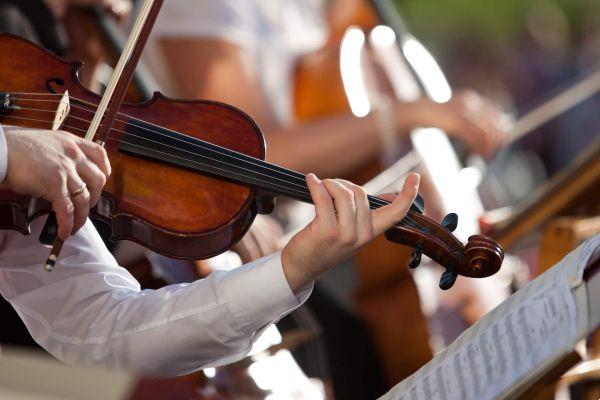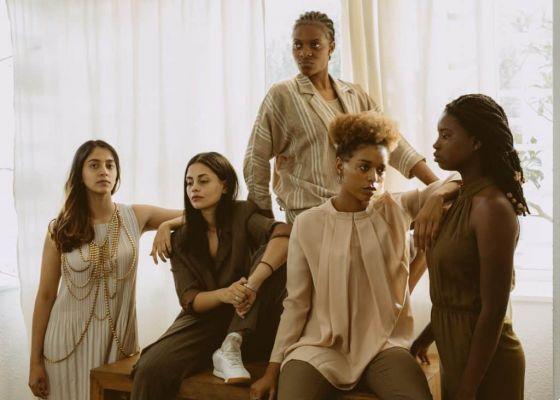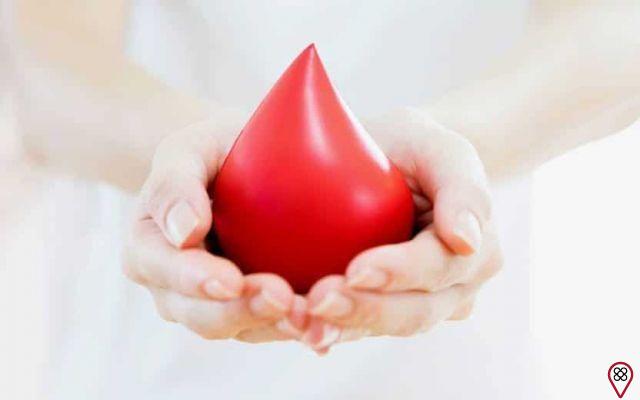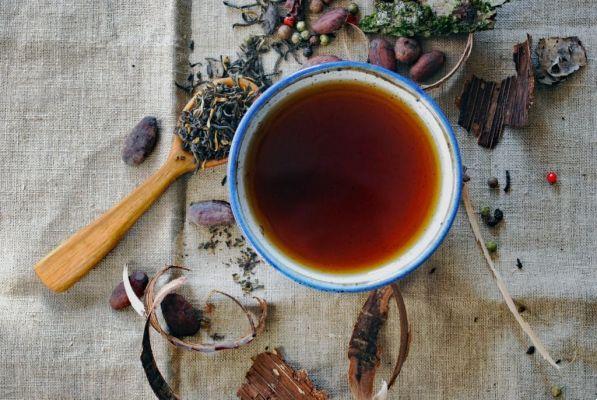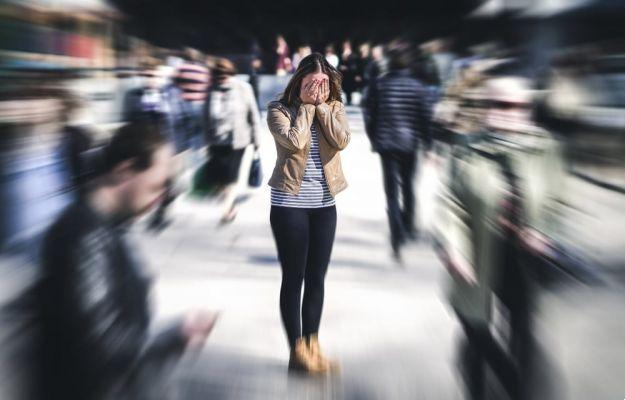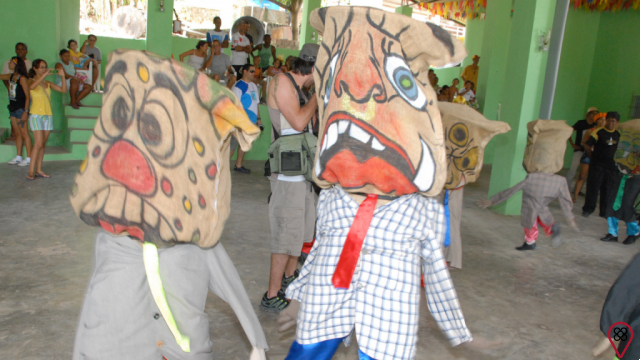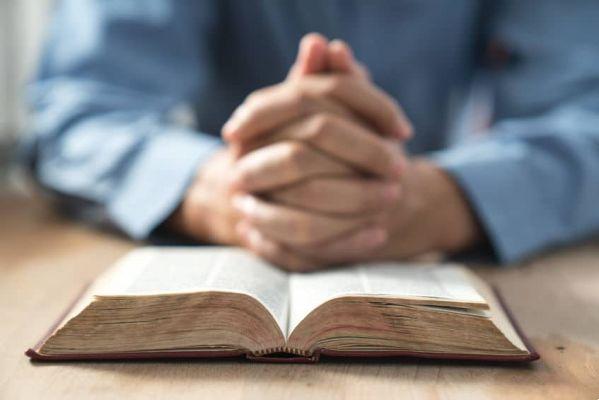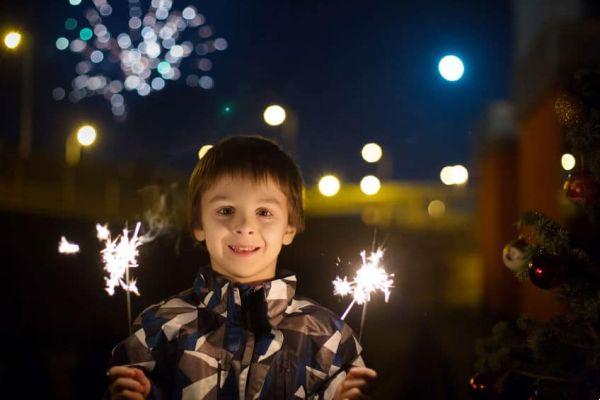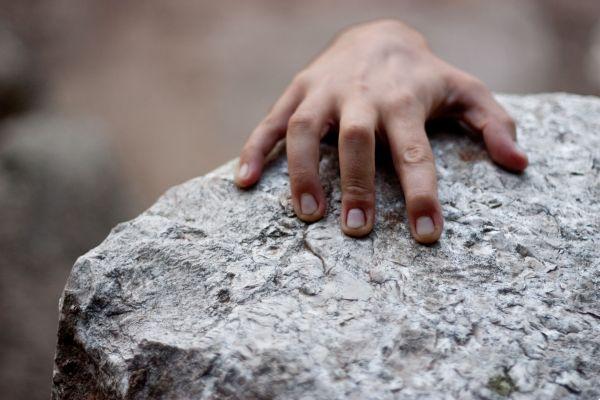We've heard a lot of the phrase: "The only certainty we have in life is that we will die". Paradoxically, this certainty helps to give meaning to life.
Since ancient times, man has tried to unravel the mysteries surrounding death: does the lifeless body (matter) actually represent it? And if there is another life after we die, what would it be like, where would it take place, would there be a body for it? There are many questions.
Many peoples, according to their culture, beliefs and spirituality, have a peculiar way of facing death. This makes them also have their quirks to treat their dead and remember them.
Several countries set a date for the memory of the dead, which can vary, according to their customs. For example, in China it is April 5th; in Japan, between the months of July and August, according to the lunar calendar; in Bolivia, November 9. Here at España, we celebrate on November 2nd.
In Mexico, there is the traditional Día de los Muertos (or Day of the Dead), when one of the biggest festivities in the country takes place, even recognized by UNESCO as a Cultural and Intangible Heritage of Humanity.
In this article, we will reflect on the peculiar way in which Mexicans face death and why they celebrate the Day of the Dead with celebration.
In Mexico, death is seen as part of the cycle of life and nature, but it does not end an existence, as the soul is immortal. They believe that it is a passage to a world where there is only joy and plenty, and what happens is just a change in existence. So there is no reason to be sad.
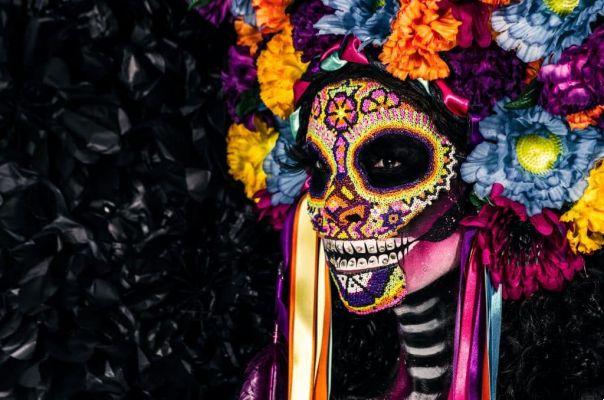
For Mexicans, between the 1st and the 2nd of November, a portal opens, allowing the spirits to pay a brief visit to the loved ones they left in this world. So it's a reason for celebration, joy and celebration. There is an expression of love from Mexicans to the deceased and a memory of respect for each one's history on the Day of the Dead. For them, real death happens when the deceased is forgotten. The entire celebration is done in honor of the departed loved ones, but it also has a hint of social criticism.
The rituals begin on October 30th, when a black candle is lit for all souls on the altars prepared for the dead. From noon on October 31st to noon on November 1st, white candles are lit in honor of the souls of children. From noon on November 1st until noon on November 2nd, Mexicans light colorful candles to honor the visit of the spirits of youth and adults.
The celebration can last until the 3rd or 4th of November and has the main characteristic of being a family celebration. She demonstrates consideration for family affective ties and teaches early on the importance of preserving the history of ancestors. Families have a vigil and supper both in their own homes and in the cemeteries, which are decorated and, at night, are filled with happy people. There is no lamentation. It is a show of affection and consideration for those who were part of the family's history and life.
Mexicans accept very well that we are made of matter that turns into bones and dust. Some take the bones of their dead from the graves and clean them, returning them later. This is an act of affection and care for the dead. It may seem bizarre – especially for us Spaniards, since here in the country the violation of graves and the appropriation of mortal remains are crimes –, but there are other countries with similar or even more unusual practices than this one.
A little history
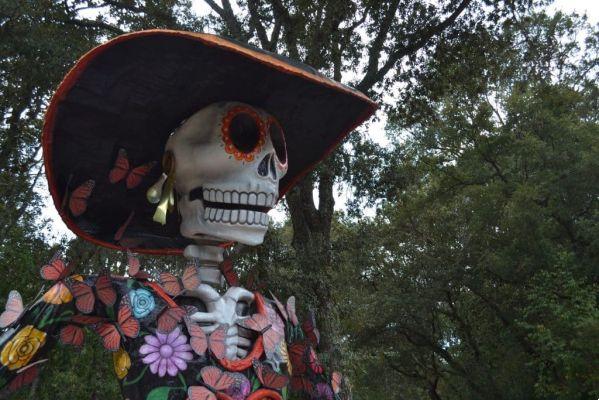
Mexicans show respect for their ancestors and for the traditions they started, as the rituals to celebrate the dead were practiced by the Aztecs, Mayans, Purépechas, Nahuatls and Totonacas for over three thousand years and are maintained to this day, although not all Mexicans know the origin of the celebration of the Day of the Dead.
In pre-Hispanic times, this date was celebrated in the entire month of August (according to the Aztec solar calendar). The festivities were presided over by the Lady of Death, wife of the Lord of the Realm of the Dead. She is known as La Catrina and was popularized by the cartoonist José Guadalupe Posada.
The figure of La Catrina is a skeleton of a woman with an elegant hat, giving the idea that she belonged to the high society of the XNUMXth century. She is everywhere in the Day of the Dead celebration, being very traditional. Some cities organize contests to choose the best costume in La Catrina.
For Mexicans, it represents the reality that in death there are no social differences, and arguably everyone has the same fate: bodies will become bones. We are powerless in the face of death. It is egalitarian, not in the form, nor in the time of each one, but in the result, regardless of the condition of greater or lesser privilege in life. It takes away all our vanities and transforms us into what we are as matter.
Joy and social conscience
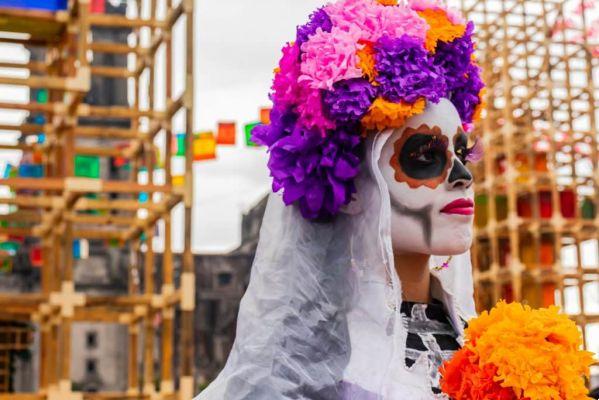
The Day of the Dead festivity is very lively, colorful, decorated, full of symbolism and begins to be organized in advance. During this date, Mexicans do their best, as good hosts, to please the visiting souls.
In addition to all the joy and reverence, this date is also a social instrument of criticism and denunciation against politicians and powerful people in relation to the injustices and suffering of the people. There are skulls with the names of people for whom “another existence” is desired. Small satirical poems are written that deal with the encounter of these people with death – the famous literary calaveritas (or literary skulls).
The party in detail
The houses are decorated. There is no shortage of tequila and mezcal (a rustic alcoholic drink made from agave fermentation). There is a lot of music, with mariachis and bands, people dressed as La Catrina, many skulls and skulls, which soon demystify the fear of death, showing what happens to the body when the soul leaves for the other world. Thus, everyone gets used to it and sees the bones naturally and without fright, even in a very playful way.
Colorful altars are the centerpiece of the festivity. They are decorated with pictures of the deceased, the clothes they wore, the drinks and food they consumed, objects that remind them of what they did… all to remember who they were. All these things are a tribute to the dead and their stories. They make a link between generations.
The altars are intended for offerings, such as pan de muerto (dead bread) – a delicacy that includes orange zest, fennel and ornaments with skulls and bones –, potatoes, nuts, pumpkin jam, sugar and butter skulls. chocolate (children's favourites), fruit and everything family members can provide in reverence for departed loved ones.
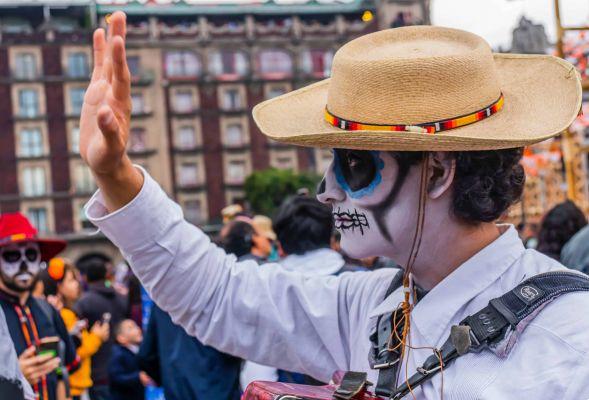
Everything on the altar has meaning. The candles, one for each deceased, light the soul's return to the world to which it belongs. Salt is to keep souls from being corrupted by earthly temptations. Colored papers move with the wind, representing that the dead passed through the place. Incense or aromatic resin (copal) purifies souls and drives away evil spirits. Food, for the dead to satisfy their hunger after the long journey made to the world of the living. Water, to quench the thirst of the deceased before returning to their world. And there are still many other details to give color, flavor and represent the four elements of nature: air, fire, earth and water.
Flowers are a standout element. White flowers represent the sky; the yellow and orange ones represent the brightness of the Sun and are guides for souls to reach the world of the living. The flower traditionally used is cempasúchil, typical of Mayan mourning. It is known as the “flower of 400 petals”, a species of chrysanthemum that blooms in autumn (Northern Hemisphere). This flower composes the arches at the head of the altars, representing the passage (portal) of souls from the world of the dead to the world of the living. It brings the idea of the brevity of life, of the certainty that we are at the mercy of time and that we are mortal.
Everything is designed to bring to mind the importance of the deceased to their loved ones. Every detail is carefully taken care of to show appreciation and, at the same time, familiarity with death.
Learning through culture
Thus, we can learn from the Mexicans a new way of looking at death. Choosing a date like the Day of the Dead and celebrating with a party is not disrespecting the memory of those who left. It's a paradigm shift. While we seek feelings of comfort and overcoming, Mexicans seem to be sure that there is a better, more fun and more abundant world, where everyone will meet again for a different time.
It is possible to understand that life feeds on death, that neither one nor the other belongs to us, that death is universal and that, every day we live, we also die a little.
The Latin philosopher Cicero once said: “The life of the dead is placed in the memory of the living”. And that's what this festival is about. The feeling of sadness and loss can be transformed into festive feelings of remembrance and respect for the story of each deceased. The Day of the Dead party is a way to prepare children and adults, albeit in a more fun and unpretentious way, for the reality of separation, with a more natural understanding.
You may also like
- Reflect on the importance of fear of death for life
- Understand Mexico’s Day of the Dead with the movie “Viva – Vida é uma Festa!”
- Discover the “Book of the Dead” on the journey beyond
We are increasingly looking for alternatives to stay young and, who knows, through Science, overcome death. Mexicans, on the other hand, understand death and old age as part of an existence. Life and death are inseparable. While death is worshiped, life is experienced in a celebration, with a party.
We see in this culture a deep love for the roots, for the ancestors and for the knowledge left by them. A love for family and ancestors friends and for what they represented. Mexicans understand the strength of the family in the perpetuation of moral and cultural values.
For us, who for the most part, see death with a traumatic feeling, a shock and an emptiness, the Mexican feast of the Day of the Dead - despite cultural differences - is a learning experience about not needing scientific answers to live with good feelings and enthusiasm. . Think about it!




